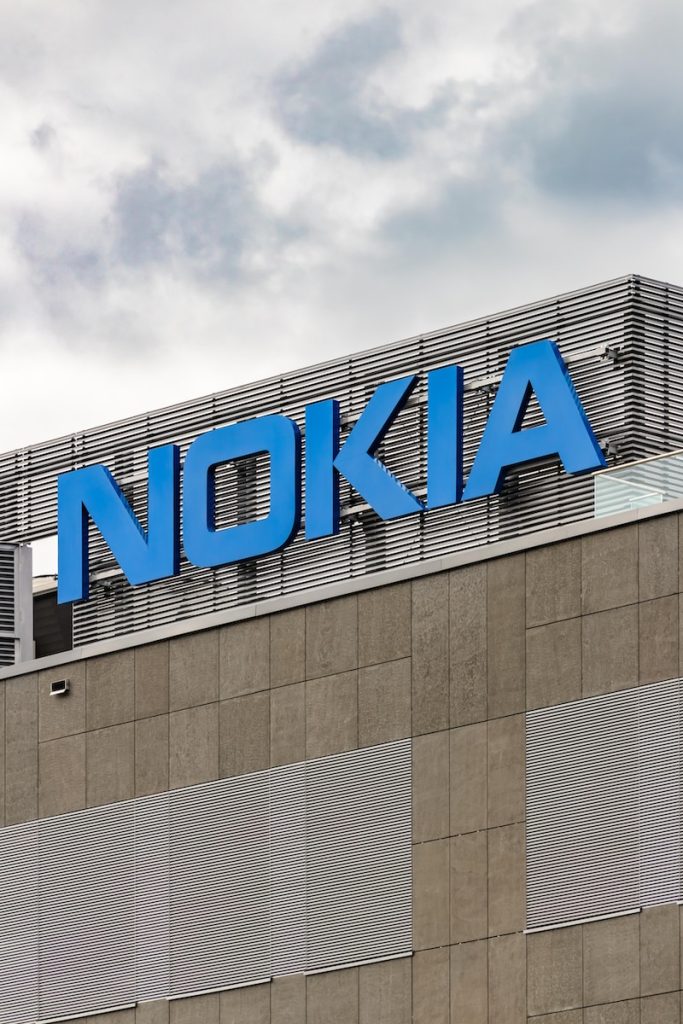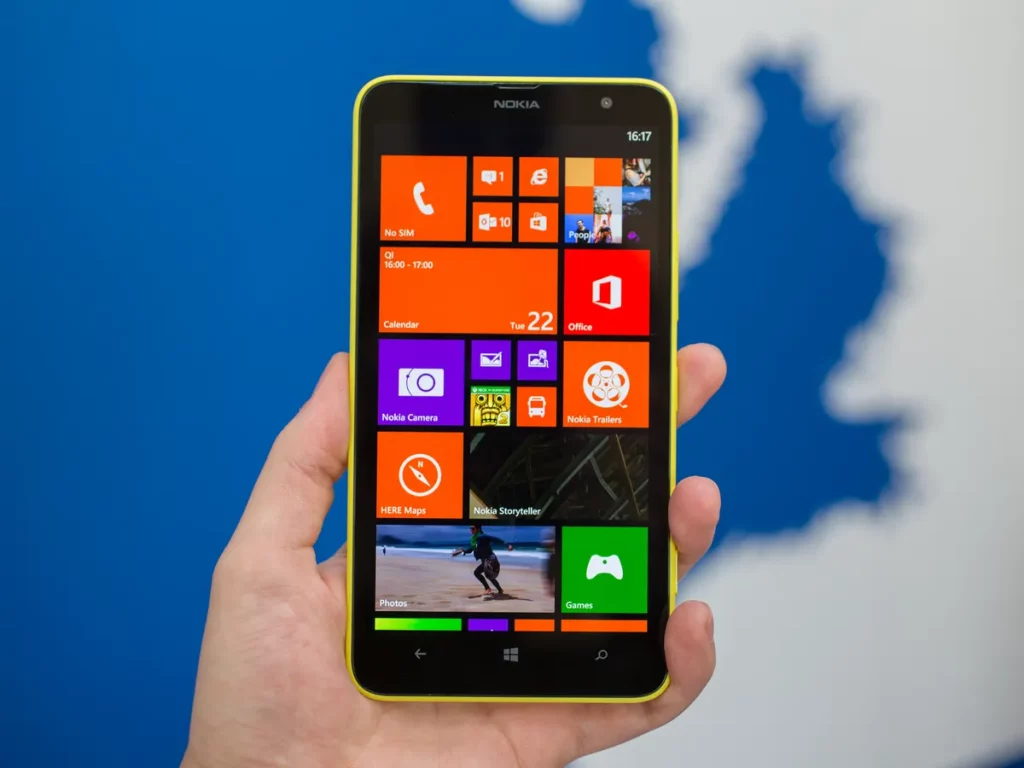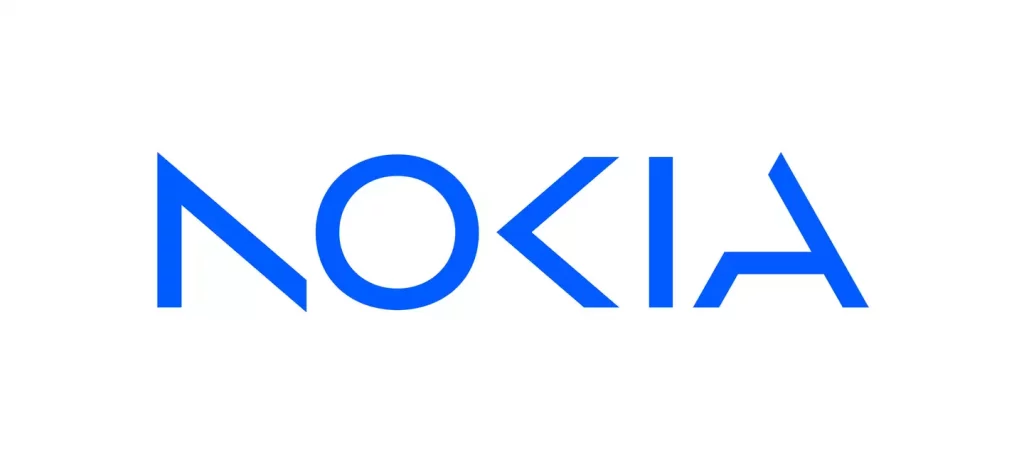Nokia, a name that has become synonymous with mobile communication, has a rich history that dates back over a century. From its humble beginnings as a paper mill to its transformation into a global technology giant, Nokia’s journey is a captivating tale of innovation, resilience, and adaptation.

In this article, we will explore the fascinating history of Nokia, tracing its path from a Finnish paper company to a world-renowned mobile phone manufacturer and beyond.
Nokia’s Early Beginnings
The story of Nokia begins in 1865 when Fredrik Idestam, a mining engineer, founded a paper mill in Tampere, Finland. Initially named “Nokia,” after the nearby Nokianvirta River, the company produced paper products and diversified into various industries over the years.
Venturing into Electronics and Telecommunications
In the 1960s, Nokia took a significant leap into the electronics industry. The company started manufacturing electronic devices, including televisions, radios, and data processing equipment. However, it was in the late 1970s and early 1980s that Nokia truly began its foray into telecommunications.
The First Steps in Mobile Communication
In 1979, Nokia produced its first portable phone, the Mobira Talkman. Weighing a hefty 11 pounds, it was more of a car phone than a mobile phone, but it laid the groundwork for Nokia’s future endeavors in mobile communication.
The Birth of the GSM Era
The real breakthrough came in 1987 when Nokia launched the Mobira Cityman, the world’s first handheld mobile phone. Weighing around 2.2 pounds, the Cityman was a significant improvement over its predecessors and marked the beginning of the GSM (Global System for Mobile Communications) era.
The Iconic Nokia Handsets
The 1990s saw Nokia rise to prominence with a series of iconic handsets. The Nokia 1011, launched in 1992, was the first mass-produced GSM phone, paving the way for Nokia’s dominance in the mobile market. Subsequent models, such as the Nokia 2110 and Nokia 3310, became global bestsellers and cemented Nokia’s position as a mobile phone powerhouse.
Dominating the Mobile Market
Throughout the 1990s and early 2000s, Nokia was the undisputed leader in the mobile phone industry. Its handsets were known for their durability, user-friendly interfaces, and impressive battery life. The Nokia brand became a symbol of reliability and innovation, attracting millions of loyal customers worldwide.
Challenges and Transition
However, the early 2000s marked a turning point for Nokia. The introduction of smartphones, led by Apple’s iPhone and devices running on Google’s Android operating system, revolutionized the mobile industry. Nokia faced challenges in adapting to the touch-screen trend and suffered a decline in market share.
Nokia’s Attempt with Microsoft
In 2011, Nokia partnered with Microsoft to adopt the Windows Phone operating system for its smartphones.

While this collaboration brought forth impressive devices like the Lumia series, it couldn’t compete with the already established iOS and Android ecosystems.
The End of an Era
In 2014, Nokia’s Devices and Services division was acquired by Microsoft, marking the end of Nokia’s direct involvement in mobile phone manufacturing. However, Nokia continued to exist as a separate entity, focusing on network infrastructure, technology licensing, and other ventures.
Rebirth and Future Prospects
In 2016, Nokia made a comeback to the consumer market with the acquisition of Withings, a health technology company. Since then, Nokia has expanded its portfolio to include smart health products, digital health services, and advancements in 5G technology.
The New Logo Design
The new Nokia logo features a simple and modern design. It comprises the word “Nokia” in a clean and bold font.

The removal of the wave symbol signifies the brand’s transformation towards a more streamlined and technology-driven approach.
FAQs
Q1: Is Nokia still making phones? A1: Nokia, as a separate entity, is no longer involved in phone manufacturing. However, it licenses its brand to other manufacturers who produce Nokia-branded smartphones.
Q2: What was Nokia’s most popular phone? A2: The Nokia 3310, known for its durability and long battery life, is one of Nokia’s most popular and iconic phones.
Q3: Is Nokia involved in 5G technology? A3: Yes, Nokia is actively involved in the development and deployment of 5G technology and infrastructure.

